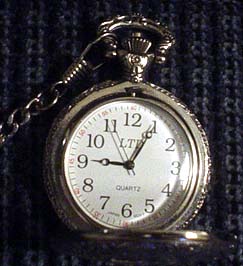The Rendering Industry
"Rest in peace." We feel that way about animals as well as humans who have died.
But that's not the way it works in the business world. Cattle, hogs, sheep, chickens, turkeys, fish are processed into the food we buy in stores. What's left over is rendered into useful products. This includes all kinds things like brains, spinal cords, intestines, and other things we consider disgusting. They can be processed into pet foods or into animal feed. It seems that no animal gets spared the rendering process.
The Greyhound Protection League complains about 4-D meat. The four D's stand for animals, primarily cattle and horses, that are dead, dying, diseased or down (disabled) at slaughter. Meat from these animals are often processed into feed for racing greyhounds and I suppose other animals we would consider pets. Owners of dying animals try to save them by pumping them full of drugs like penicillin, procaine, and trimethoprim. The drugs and the pathogens that killed the animal are still in the meat after slaughter. According to Dr. Arthur Strohbehn, DVM
Former Track Veterinarian, Council Bluffs, Iowa, "The meat rendered from them can also carry anthrax, botulism, lockjaw, tuberculosis, salmonella, and other diseases."
Another major use of slaughter house rendering and 4-D meat is the making of animal feed. Anything that was once a living creature is a a source of protein. After death, the meat and bones are processed into animal feed as protein supplement. What Dr. Strohbehn complains about above is also true of this protein supplement. It contains traces of drugs and pathogens. This is why people worry about mad cow disease.


0 Comments:
Post a Comment
<< Home